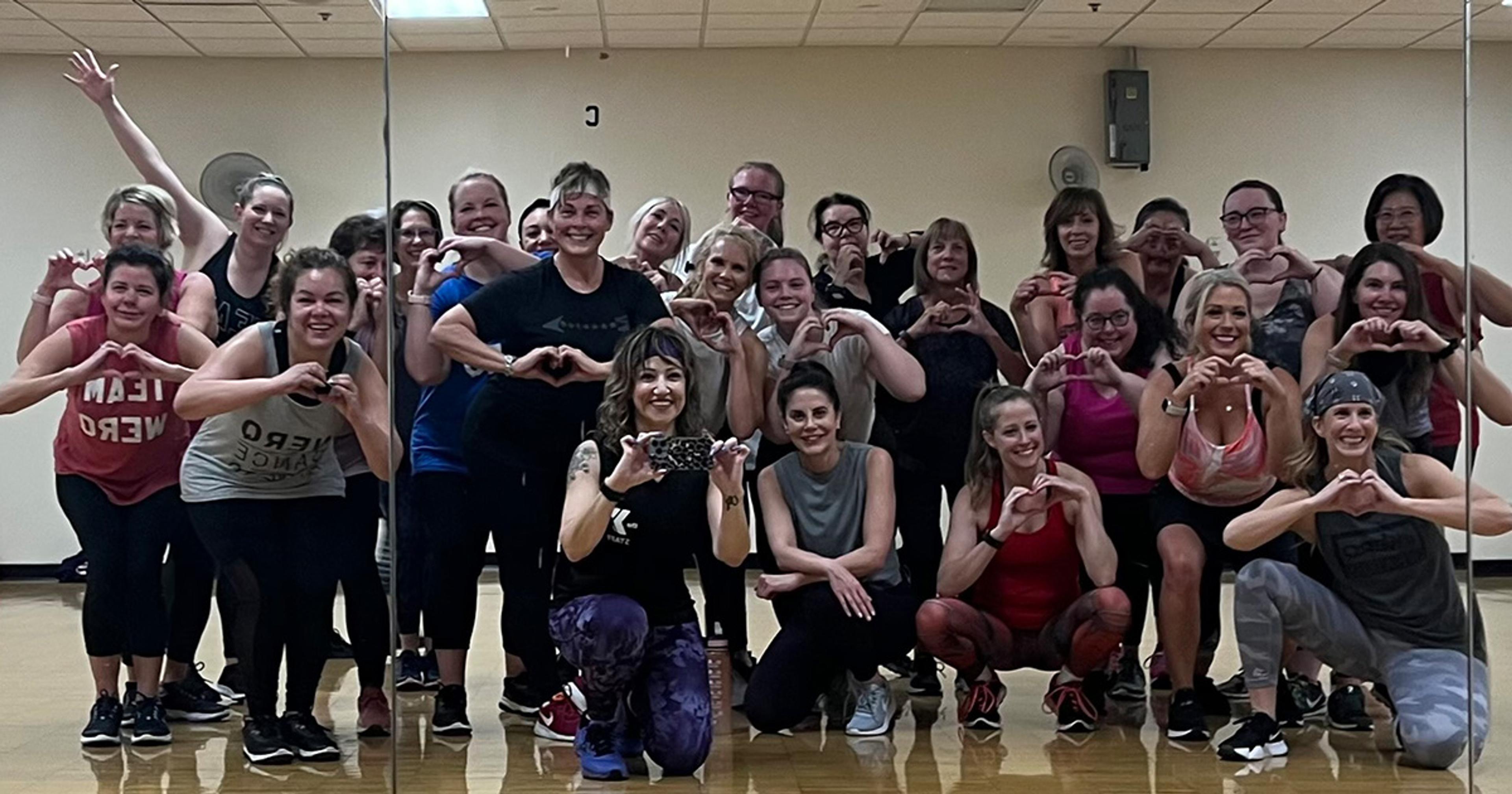Getting fit without getting hurt

Kristin Coppens
| 3 min read

Joining fitness classes in your community are a great way to work out in a group, hold a consistent routine, and in most cases, achieve a full-body workout. With new options popping up on a consistent basis, the choices can include yoga, Pilates, boxing, pure barre, crossfit, spinning (cycling), Zumba and others depending on where you live.

Though fitness classes are an extremely beneficial addition to your workout routine, there are some key safety measures to note in order to prevent injury in the classes. Women’s Health magazine outlines some common injuries from frequently attended fitness classes. The majority of these common injuries occur as a result of incorrect or poor technique, so remember to start slow in a new class and pay attention to the instruction for the correct pose or movement.
In yoga classes, the most common injury is wrist and lower back pain. This can occur from performing the poses incorrectly or distributing your weight to the wrong areas. To prevent wrist pain during a yoga class, try spreading your fingers wider and pressing through your fingertips for the poses where there is weight on your hands. Lower back pain can be avoided by remembering to lengthen your spine up and away from your hips before you bend your back.
As a result of having weaker abs and neck flexors in Pilates classes, the most common injury seen is neck discomfort. The best piece of advice for avoiding this injury, and really for all workout types, is to listen to your body. If you feel discomfort or pain, try to stop and reset your alignment into the pose again. If the pain or discomfort continues, try a different pose. Sometimes signing up for a private Pilates lesson before a group class can help familiarize the steps and poses beforehand.
In Zumba classes, it is common with improper footwear and poor jumping technique to experience stress fractures in the knees, ankles, and/or feet. The biggest tip to prevent knee injury is to never land on a straight leg. Always cushion your landing by slightly bending your knee. Investing in a supportive pair of athletic shoes will also help prevent injury during fitness classes.
Cycling, or spinning classes can cause knee pain when the bike is not set up correctly. Arrive early to class to allow a proper amount of time to check and adjust your bike. Starting with the seat, move it forward or backward until your front knee is directly over the pedal axle while sitting. Next, adjust the height of the seat by placing both feet on the pedals and fully extending one leg to the bottom of the pedal stroke. Your other leg should be at a 30-degree angle when your seat is at the proper height. Lastly, the handlebars should allow for a slight bend in your elbows.
In boxing classes, both speed and heavy bag, sprains and strains in your wrist are common due to a lack of protective gear and poor punch technique. Wrapping your wrists properly helps to support your bones and tendons to prevent injury. To correctly throw a punch, remember to keep your palm facing down, fists tight and use all four fingers when making contact with the bag. Doing so alleviates the pressure your wrists experience.
As stated, the key to staying fit without getting hurt is proper technique, proper gear, and overall awareness. Using beginner classes, private lessons, and asking questions can mean the difference between a painful injury and the enjoyment of ongoing class schedules.
What are your favorite fitness classes in your community?
Check out these blogs if you enjoyed this one:
Photo credit: heraldpost





